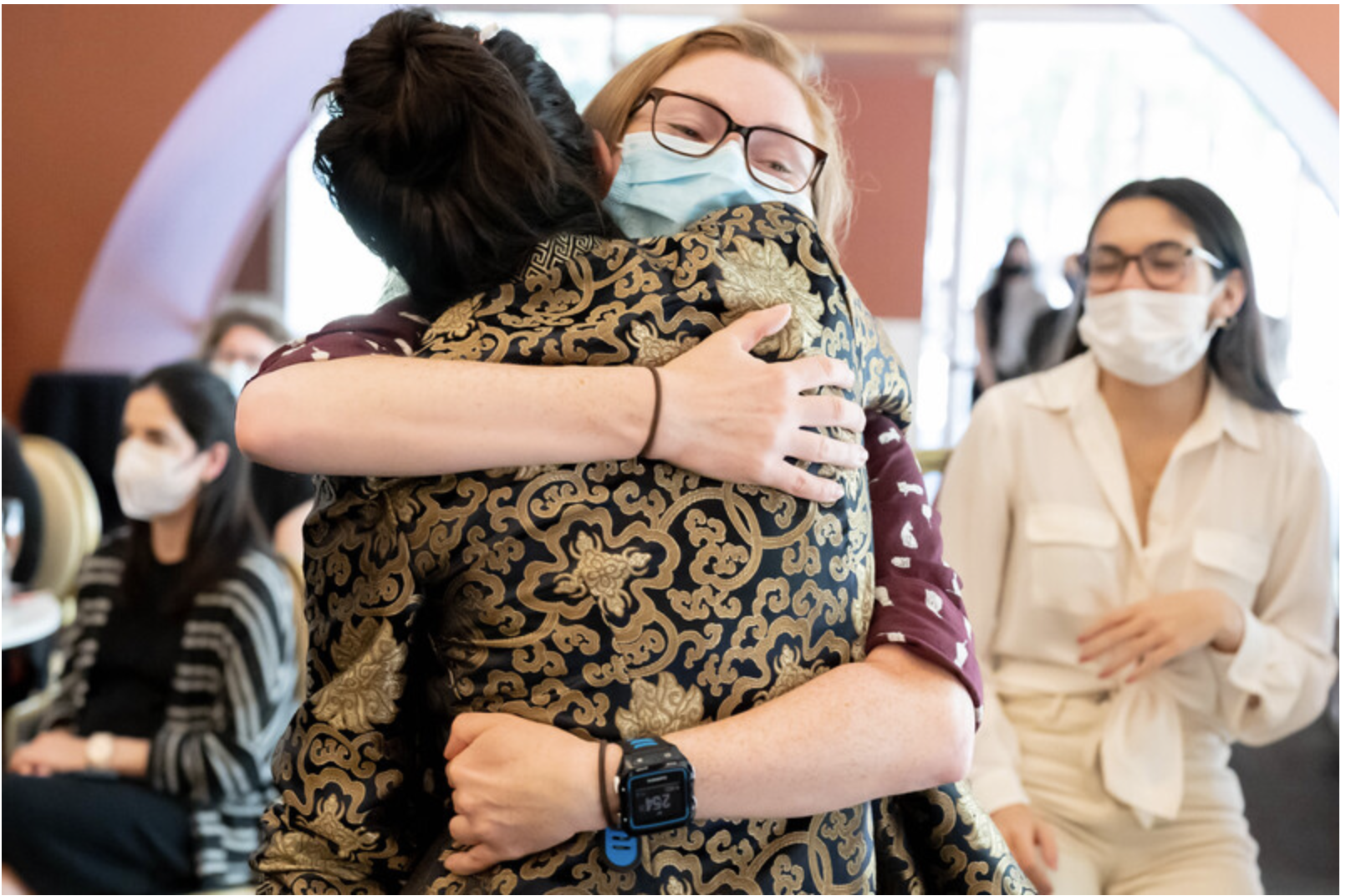Home- and Community-Based Care for Older Adults with Serious Illness

Research Overview
The model of care provided by hospice is crucial due to the limited alternatives for older adults with serious illnesses living at home. Approximately four million adults in the U.S. face challenges accessing office-based care due to frailty, functional impairments, and being home-limited. Home-based medical care, including primary and palliative care, offers a solution for ongoing care in the community setting. Dr. Harrison’s research collaborations have focused on developing quality measurements for home-based care, conducting formative qualitative research and stakeholder groups to understand research priorities, and using large datasets to better understand home-based care.
Team and Funding
This body of work was made possible through funding from organizations such as Patient-Centered Outcomes Research Institute (PCORI), the National Institute on Aging (NIA), the Agency for Healthcare Research and Quality (AHRQ), and national private foundations such as the Commonwealth Fund and the Retirement Research Foundation that support independent research on healthcare and make grants to improve healthcare practice and policy.
Research Impact
Through work with an interdisciplinary team, Dr. Harrison helped define quality domains for home-based medical care, created tailored quality measures, establish a clinical data registry, and launch a National Learning Collaborative for improving home-based medical care. With PCORI support, the team conducted research with homebound older adults and caregivers to co-create a research agenda, with a prioritized list of recommendations published in the Journal of Applied Gerontology.
Key Publications
A sample of our publications within this research domain is categorized into focus areas:
Developing quality improvement measures in home-based medical care practices
-
Ritchie CS, Leff B, et al. "A Quality of Care Framework for Home-Based Medical Care."
-
Leff B, Sheehan O, Bhatnagar S, Harrison KL, Barrows RC, Ritchie CS. "To What Extent Are the Centers for Medicare & Medicaid Services 2019 MIPS Quality Measures Inclusive of Home-Based Medical Care?."
Engaging the community to develop a research agenda for homebound older adults and their caregivers
-
Leff B, Sheehan OC, et al. "A Home-Based Care Research Agenda by and for Homebound Older Adults and Caregivers."
-
Harrison KL, Leff B, et al. "Virtual Research Stakeholder Groups with Isolated Homebound Elders and Caregivers: Lessons Learned Relevant to Research during Pandemics."
-
Eaton England AL, Ritchie CS, et al. "Attitudes of Homebound Older Adults and Their Caregivers Toward Research and Participation as Research Advisors."
-
Sheehan OC, Ritchie CS, et al. "Unanticipated Therapeutic Value of the Patient-Centered Outcomes Research Institute (PCORI) Stakeholder Engagement Project for Homebound Older Adults."
-
Mickler AK, Leff B, et al. "Understanding the Daily Experiences and Perceptions of Homebound Older Adults and Their Caregivers: A Qualitative Study."
Home-based care in the context of COVID, using data from Optum Labs and National Health and Aging Trends Study
-
Harrison KL, Leff B, et al. "What's Happening at Home: A Claims-based Approach to Better Understand Home Clinical Care Received by Older Adults."
-
Ornstein KA, Ankuda CK, et al. "Medicare-funded home-based clinical care for community-dwelling persons with dementia: An essential healthcare delivery mechanism."
-
Ankuda CK, Kotwal A, et al. "The Experience of Homebound Older Adults During the COVID-19 Pandemic."
-
Allison TA, Oh A, et al. "Extreme Vulnerability of Home Care Workers During the COVID-19 Pandemic-A Call to Action."
